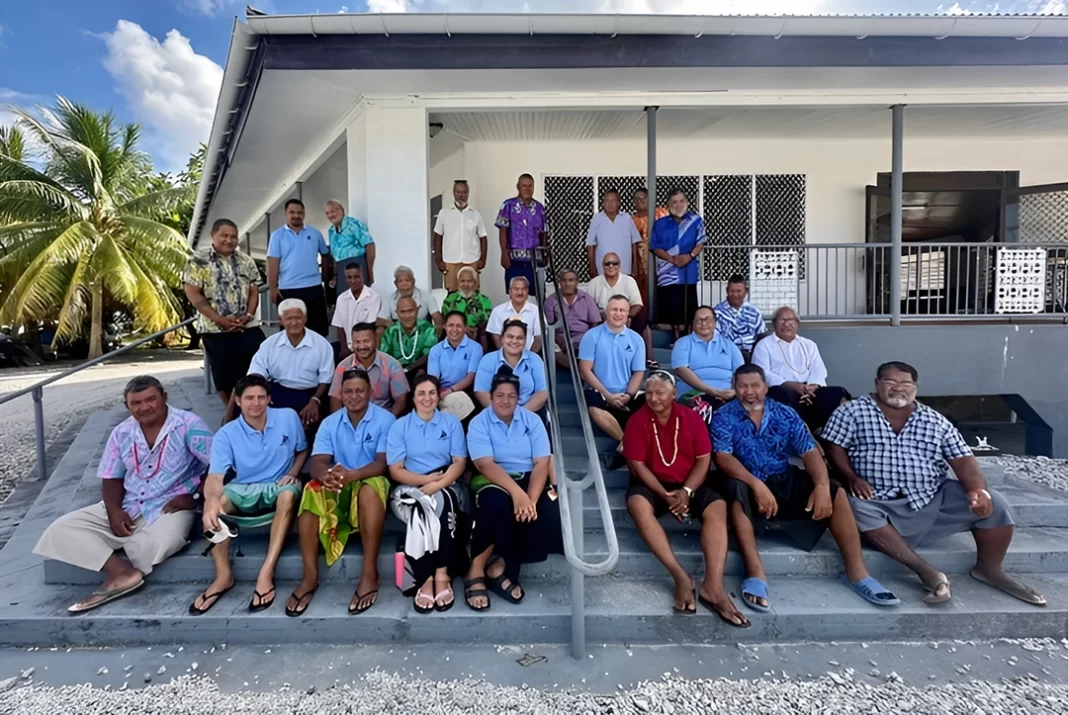Conservation International, in partnership with New Zealand Geographic and the Samoa Conservation Society, has embarked on an innovative expedition to Tokelau. This collaborative initiative focuses on co-developing culture-based environmental education programs, biodiversity research, and community science training.
After a challenging 44-hour sail from Samoa, the team received a traditional welcome from the Atafu Taupulega (Council of Elders) and government ministers.
Supported by the New Zealand Ministry of Foreign Affairs and Trade (MFAT), the initiative will use cutting-edge techniques and immersive virtual reality to create educational resources for Tokelauan schools, bridging traditional knowledge with modern conservation science.
The expedition represents a critical follow-up to research sites that haven’t been surveyed in 13–20 years. The team is employing techniques including bird and invasive species monitoring, fish surveys, photogrammetry, environmental DNA sampling, and citizen science training. All activities are being documented in immersive virtual reality to produce educational resources that combine traditional knowledge with modern conservation science.
Minister Nofo Iupati, responsible for Economic Development, Natural Resources, and Environment, and Minister Kelihiano Kalolo, Minister of Education and Minister for Climate, Oceans, and Resilience, led the official welcome ceremony. Minister Kalolo said, “When the environment is healthy, the people are healthy.”
In-depth knowledge exchange sessions were led by Leausalilo Leilani Duffy of Conservation International Samoa. These sessions engaged Aumaga (men’s groups), Fatupaepae (women’s groups), and local youth to strengthen collaborative environmental conservation.
“Cultural identity is the foundation of how our island communities connect with each other and their environment,” Duffy said. “These consultations are essential for co-developing environmental education resources that resonate with local values and traditional practices.”
At sea, Conservation International Aotearoa’s Schannel van Dijken, together with New Zealand Geographic’s James Frankham and Richard Robinson, conducted surveys at two dive sites on Atafu’s northern and southwestern points. The team documented diverse marine ecosystems featuring healthy populations of fish across all trophic levels, including globally endangered species such as humphead wrasse, bumphead parrotfish, and various shark species.
“We could see these sites were instant Key Biodiversity Areas the moment we descended,” van Dijken reported. “This assessment is vital for supporting Tokelau’s efforts to map and manage its marine resources effectively. By identifying these high-biodiversity hotspots, we can help Tokelau prioritize areas for management.”
The team is integrating technology into their survey methodology, recording transects with high-resolution 360-degree cameras. New Zealand Geographic is capturing these underwater environments in virtual reality, creating immersive experiential assets to be shared with Tokelauan schools and communities upon completion.
This expedition is part of the Securing a Polynesian Promise for Climate and Community Resilience project — a collaborative effort led by Conservation International, with support from MFAT and partners across Samoa and Tokelau. The project aims to enhance the capacity of local communities to sustainably manage marine resources and strengthen climate resilience through education, science, and traditional knowledge.
About Conservation International: Conservation International protects nature for the benefit of humanity. Through science, policy, fieldwork and finance, we spotlight and secure the most important places in nature for the climate, for biodiversity and for people. With offices in 30 countries and projects in more than 100 countries, Conservation International partners with governments, companies, civil society, Indigenous peoples and local communities to help people and nature thrive together. Visit Conservation.org for more, and follow us on Conservation News, Facebook, Twitter, TikTok, Instagram and YouTube.





